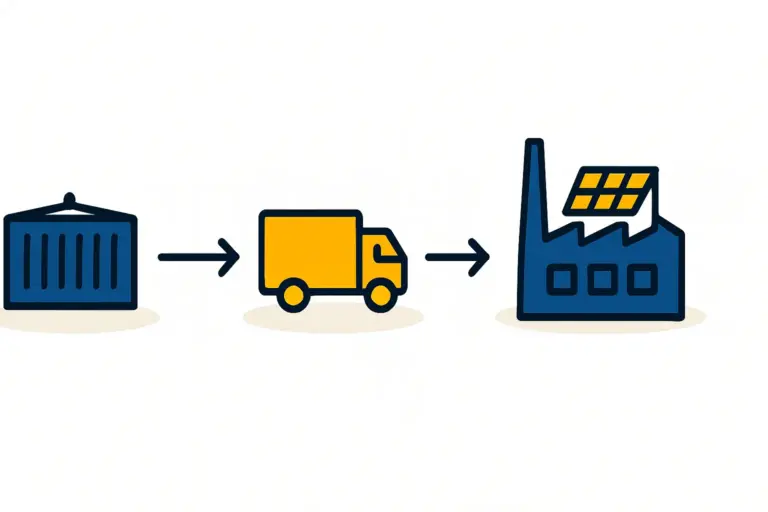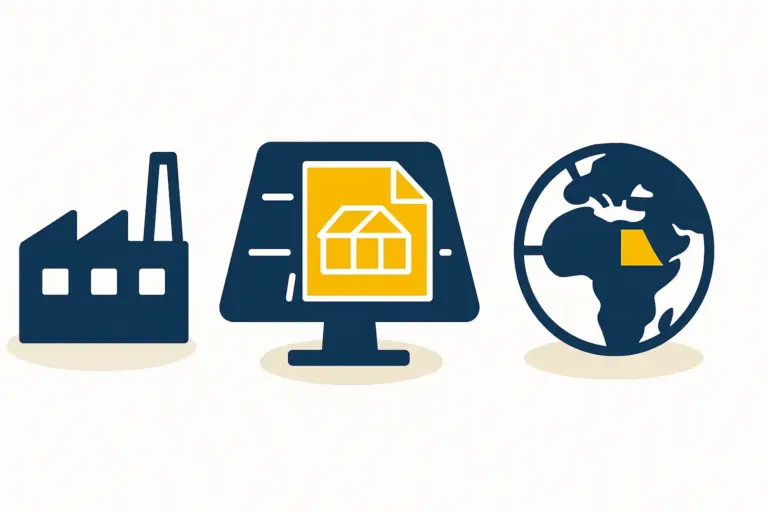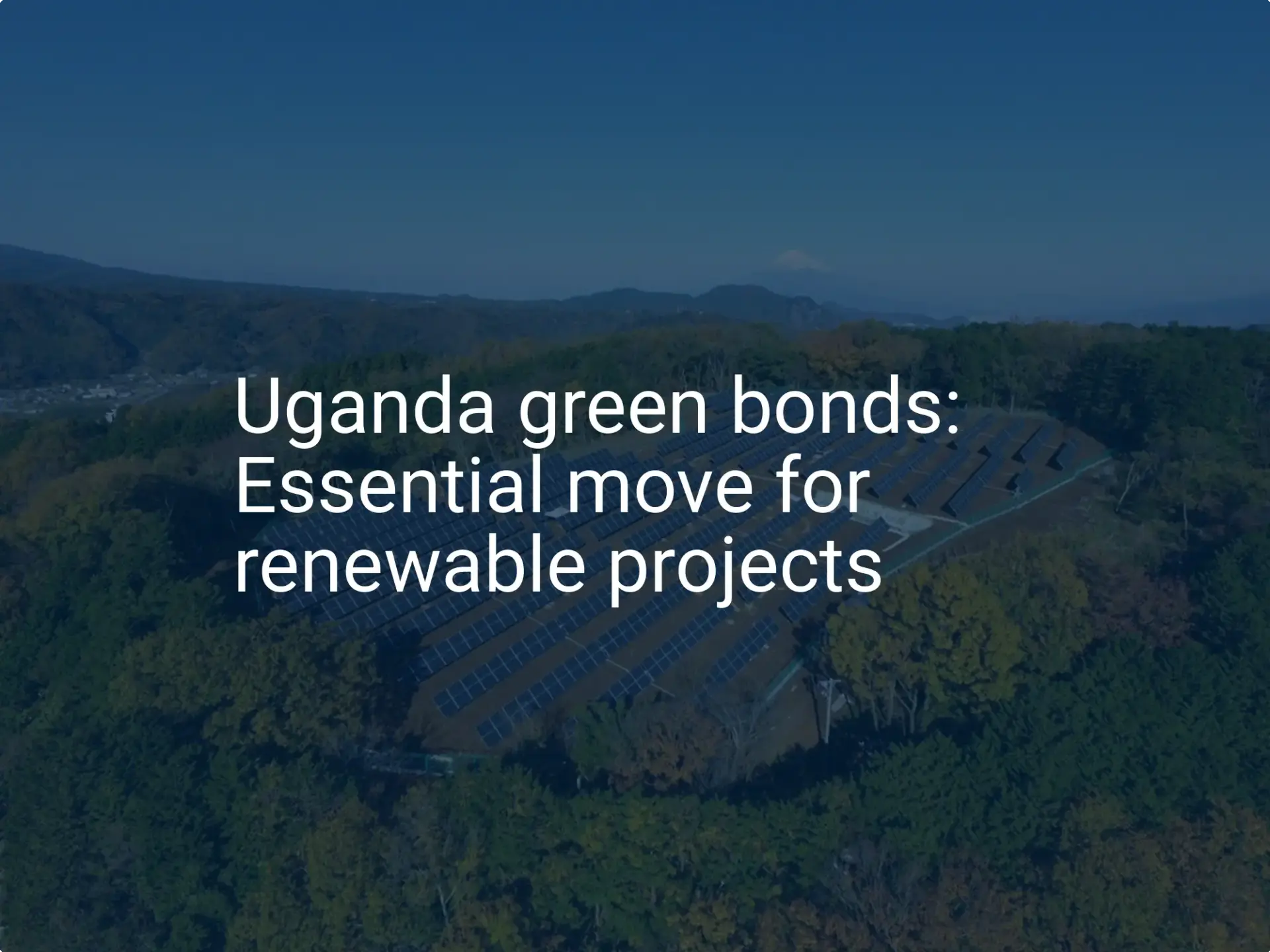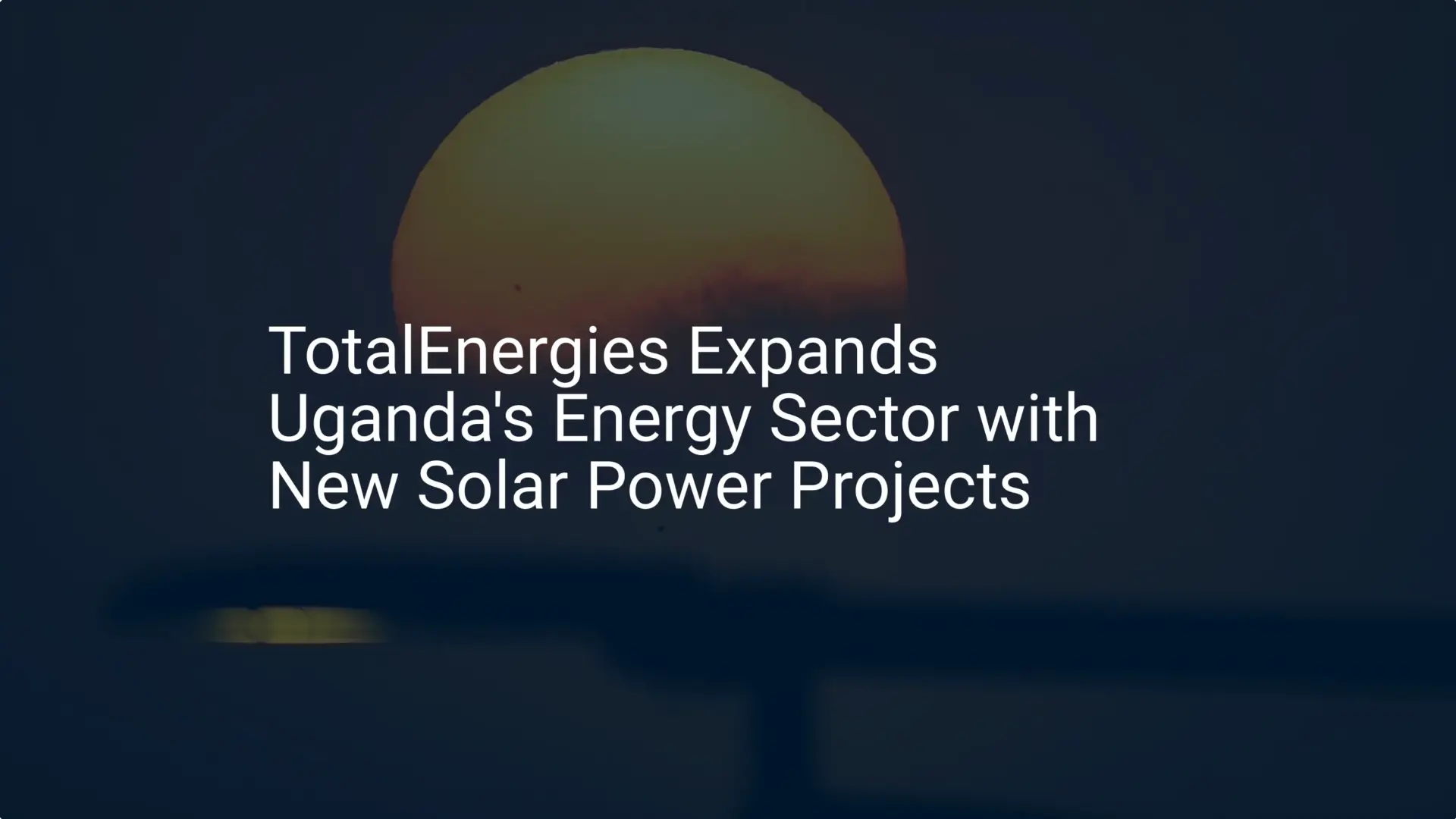Many entrepreneurs looking to enter the renewable energy sector are drawn to solar’s immense potential. Yet, the leap from a compelling idea to a viable operation often hinges on one critical question: What is the true cost of establishing a solar module manufacturing plant?
This question becomes particularly complex in a promising market like Uganda, where local opportunities and challenges create a unique financial landscape. This article provides a structured overview of the key financial considerations for setting up a 20- to 50-megawatt (MW) solar panel factory in Uganda. It serves not as a definitive quote but as a foundational guide to help business professionals understand the primary capital and operational expenditures involved. Breaking down the numbers helps transform an abstract ambition into a concrete investment analysis.
Why Uganda Presents a Unique Opportunity for Solar Manufacturing
Uganda has an ambitious strategic vision for energy. The country’s Third National Development Plan (NDP III) heavily emphasizes increasing electricity access and leveraging renewable sources. With one of the highest solar irradiation rates in the world—averaging 5.1 kWh per square meter per day—the natural resource is abundant. However, a significant gap remains between installed capacity and the energy demands of a growing economy and population.
This gap creates a compelling case for local solar module manufacturing. A local facility can address several key market needs:
- Reduces Import Reliance: It mitigates supply chain risks and foreign exchange volatility associated with importing finished panels.
- Supports National Goals: It aligns directly with government policies promoting industrialization and local content.
- Creates Skilled Jobs: A manufacturing plant fosters technical employment and skills development.
While the opportunity is clear, success depends on a precise understanding of the initial and recurring costs specific to the Ugandan context.
Key Components of a Solar Factory Financial Model
A comprehensive financial model for a manufacturing plant is typically divided into two main categories: Capital Expenditures (CAPEX) and Operational Expenditures (OPEX).
- Capital Expenditures (CAPEX): These are the one-time, upfront costs required to establish the factory and bring it to the point of production, including machinery, building works, and initial setup fees.
- Operational Expenditures (OPEX): These are the recurring, ongoing costs required to run the factory and produce solar modules month after month, such as raw materials, labor, and utilities.
A clear separation of these two cost centers is fundamental for accurate budgeting, securing financing, and projecting profitability.
Capital Expenditures (CAPEX): The Initial Investment
The initial investment is the most significant financial hurdle. For a semi-automated 20-50 MW production line, the CAPEX can be broken down as follows.
1. Machinery and Equipment
This represents the largest portion of the initial investment. A complete production line includes several critical machines, from cell stringers and laminators to testing equipment like a sun simulator. The choice of technology (e.g., PERC, TOPCon) and the level of automation will influence the final cost. Based on J.v.G.’s experience with turnkey projects, machinery for a line of this capacity typically falls within the range of USD 1.5 million to USD 3.5 million. A detailed analysis is essential, and further reading on how to start a small-scale solar panel manufacturing plant can provide more context on the process.

2. Building and Infrastructure
A 20-50 MW factory requires a production floor of approximately 2,000 to 3,000 square meters, plus additional space for warehousing and offices. Costs vary depending on whether you acquire land and build or lease and renovate an existing industrial property. Key expenses include structural modifications, cleanroom-like environments for certain processes, electrical wiring, and compressed air systems. These facility-related costs can add USD 300,000 to USD 800,000 or more to the budget.
3. Initial Raw Materials and Logistics
Before production can begin, an initial stock of raw materials—solar cells, glass, EVA encapsulant, backsheets, and aluminum frames—is required. Budgeting for at least three months of inventory is a prudent business practice. As Uganda is a landlocked country, the cost of inbound logistics for both machinery and raw materials is a significant factor. This initial stock can cost USD 500,000 to USD 1,000,000.
4. Certifications, Training, and Installation
This category covers the cost of having experienced engineers on-site to install and commission the production line, train local staff, and secure initial product certifications (such as IEC standards) crucial for market acceptance. These services typically account for USD 200,000 to USD 400,000.
Operational Expenditures (OPEX): The Ongoing Costs
Once the factory is operational, the focus shifts to managing recurring monthly costs to ensure sustainable and profitable production.
1. Raw Materials
This is consistently the largest component of OPEX, often accounting for over 80% of the production cost per module. Global market prices for solar cells and other materials are volatile, making a robust supply chain strategy essential.
2. Labor
A semi-automated 20-50 MW production line typically requires a workforce of 25 to 40 employees, including operators, technicians, engineers, and administrative staff. In Uganda, wages for skilled industrial labor are competitive, but sourcing experienced PV technicians may require an investment in training. The monthly labor cost for a full staff complement would likely range from USD 15,000 to USD 25,000.
3. Utilities
Electricity is a major operational cost. According to Uganda’s Electricity Regulatory Authority (ERA), the tariff for large industrial users is approximately USD 0.10 per kWh. The factory will also consume significant amounts of water and compressed air. A prudent monthly budget for utilities would be USD 10,000 to USD 20,000, depending on production volume and equipment efficiency.
4. Maintenance, Spares, and Overheads
This includes routine machine maintenance, a budget for spare parts, rent (if applicable), insurance, and general administrative expenses, which should be budgeted as a fixed monthly cost.

A Sample Cost Breakdown for a 25 MW Factory in Uganda
To make these figures more tangible, here is a high-level estimate for establishing a 25 MW solar module factory in Uganda. These numbers are illustrative and provide a foundation for a more detailed business plan.
Estimated Capital Expenditures (CAPEX)
- Production Machinery: ~$1,800,000
- Building & Infrastructure (Renovation): ~$400,000
- Initial Raw Materials (3-month stock): ~$600,000
- Logistics, Installation & Training: ~$250,000
- Contingency (10%): ~$305,000
- Total Estimated CAPEX: ~$3,355,000
Estimated Monthly Operational Expenditures (OPEX) at Full Capacity
- Raw Materials: ~$850,000
- Labor (30 staff): ~$18,000
- Utilities: ~$12,000
- Overhead, Rent & Maintenance: ~$30,000
- Total Estimated Monthly OPEX: ~$910,000
These figures underscore the importance of securing sufficient working capital to cover the first several months of operation before revenue streams stabilize. A common pitfall for new entrants is underestimating these ongoing costs, which can jeopardize the entire venture.

Navigating Financial Challenges and Securing Investment
A robust financial model puts an entrepreneur in a much stronger position to approach potential financiers. In Uganda, financing options may include local commercial banks, international Development Finance Institutions (DFIs) active in East Africa, or government-backed industrial development funds.
Regardless of the source, investors will demand a comprehensive and credible Solar Panel Manufacturing Business Plan. This document must not only present financial projections but also demonstrate a deep understanding of the local market, supply chain risks, and a clear strategy for sales and distribution. It is the foundational document that transforms a financial model into an investable project.
Frequently Asked Questions (FAQ) for Aspiring Solar Entrepreneurs
How long does it take to set up a 20-50 MW factory?
From placing the order for machinery to the start of commercial production, a realistic timeline is 9 to 12 months. This includes manufacturing the equipment, shipping, installation, commissioning, and staff training.
What is the typical payback period for such an investment?
The payback period is highly dependent on the local market price of solar panels, operational efficiency, and raw material costs. However, with effective management and a stable market, a payback period of 3 to 5 years is a realistic target.
Do I need a technical background to start a solar factory?
A technical background is not a prerequisite for ownership. Many successful factory owners are entrepreneurs with strong business acumen. However, success is nearly impossible without a reliable technical partner to guide the project, from machinery selection to process optimization. This is the core principle behind pvknowhow.com: guiding non-experts through a complex technical process.
How does the choice of technology (e.g., PERC vs. TOPCon) affect the investment?
Newer, more efficient technologies like TOPCon may require a slightly higher initial CAPEX for certain machines. However, they produce more powerful modules, which can command higher prices and deliver better long-term returns. The decision should be based on a careful analysis of market demand and the project’s financial strategy.
Conclusion: Your Next Steps in Financial Planning
Building a solar module factory in Uganda is a significant industrial undertaking, but it is not insurmountable. The key lies in methodical and realistic financial planning. By breaking down the investment into clear CAPEX and OPEX components, entrepreneurs can gain a clear-eyed view of the required funding and the path to profitability.
This financial model serves as the first step. The next is to deepen your understanding of the physical assets behind the numbers. For a deeper dive into the specific equipment that constitutes the largest part of your CAPEX, exploring a guide to solar panel manufacturing machines is a logical and essential next step in your journey.







